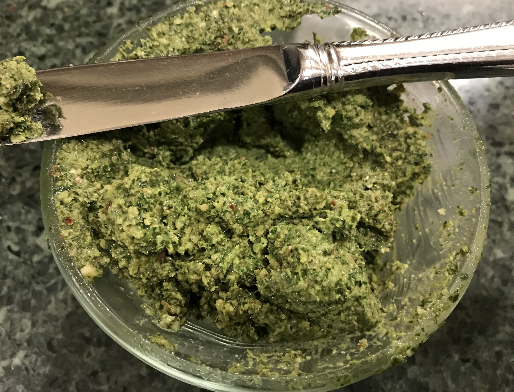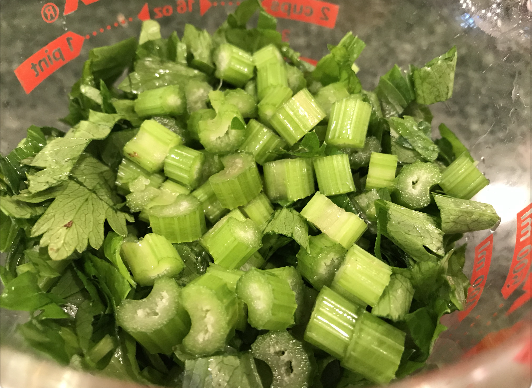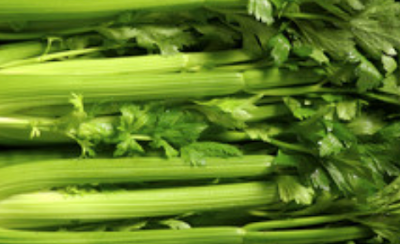 |
| a north-facing window seat -- our produce staging area for the time being |
If you'll recall, last month I spent a whopping amount grocery shopping. Part of that was a beef delivery, which about doubled my spending for the month. Another hefty part was stocking up for an extended repair of our car after my daughter's accident. (The car is still not repaired -- ugh -- they ordered the lamp kit and it went missing. Waiting on a reorder. . .) Anyway, I expected to spend a lot, lot less this month, due to all of the stock-up last month and not having a car for several weeks.
So, how much did I spend? How did my shopping differ from my norm?
Here we go . . .
Just before turning in the car -- on the way home from church, we stopped at Fred Meyer to pick up hot dog buns and applewood smoking chips for our cook-out and smoke-out the next day. I spent $7.19.
The car went in for repairs Tuesday morning, September 3.
By September 13 (Friday the 13th), we were out of milk and had no car. One daughter needed a few things for herself, so she took a bike up to the highway, then caught a bus to Walmart. She had enough room in her backpack to add a gallon of milk and head of cabbage for the family. I reimbursed her $7.21 for those items.
We found out our car was totaled -- repairs exceeded the value -- so my husband and I took 2 buses to get to a car dealership. We thought we'd just be looking, but we came home with our new-to-us car. Directly across the street from the car lot is a Walmart. We swung by there just to get bananas, turkey snack sticks, and a couple of non-food necessities, spending $8.05.
Loving having a car again, I happily drove to pick up one daughter from a cat and house-sitting gig on September 21. We stopped by QFC to get some apple cider. They had half-gallons of cider for $1.99.
September 26. In the deal for our car, we asked to have the windshield replaced. Today was the day it was scheduled. Both Grocery Outlet and Walmart are a short walk from the dealership. I went to Grocery Outlet for a package of bacon ($2.50) and Walmart for a gallon of milk ($3.56) and a bag of frozen turkey sausage links ($6.98). I spent $13.04 this day. The brand of bacon at Grocery Outlet is Top Valu. It's uncured bacon from Canada. The quality of the bacon is good, although the slices are irregular. GO's regular price on this bacon is $2.50/12-oz package, much, much less than bacon at Walmart or WinCo. I seek out uncured deli products when I can.
Something weird that I noticed in Walmart today -- the freezer compartment where frozen sausage is located was practically empty, ditto on the milk case. I haven't seen bare shelves like this in a couple of years. And it wasn't overly crowded when I've been lately. It doesn't feel like they're just selling out of everything quickly due to crowds. The last time I saw a milk shortage in a store was during a winter storm period when trucks couldn't get through mountain passes, I think in 2019. Eggs were $22.00 per 5-dozen case, almost $4.50/dozen at Walmart. I did see at Grocery Outlet that they had medium eggs for around $2.60 or $2.70/dozen. I'll be picking up several dozen eggs at Grocery Outlet later this week or sometime next week.
September 29. So far this month I have spent $37.48 for the month of September.
I'll stop right here for a moment. Grocery shopping in person without a car is challenging, but not entirely impossible if you have physical mobility. I wouldn't want to go through a month without a major stock-up again. My last major stock-up was the last week of August. So it has been a month using primarily what we had. The good news is that with a garden, I could do this in the summer and early fall months again if I had to. We got so much produce out of our own little yard. The garden along with a big stock-up in August carried us through, nicely.
What I bought this month through September 29:
2 gallons milk
2 packages turkey snack sticks
12 oz package bacon
bag of turkey breakfast sausage
1 head cabbage
1 bunch bananas
1/2 gallon apple cider
1 package hot dog buns
1 bag smoking wood chips
Now on to the rest of September's grocery shopping. I could have bought more at Walmart the day we bought the car. But I didn't think we'd actually buy a car that day, but just look. So I didn't have a shopping list made out for a big shopping trip, and I really, really don't do well shopping without a list. Without the car, we would've been carrying the groceries home on 2 buses then walking a mile at the end. My husband is disabled and uses crutches all of the time. He couldn't have helped with the carrying. So the plan had been one bag of groceries at Walmart that day. As for the rest of the month, I've been busy with getting the garden taken care of and canning.
Today, Monday the 30th, is the first day I could dedicate to a big shopping trip. I went to WinCo, which is further from our house that any of my other stores. WinCo has a great bulk section, and I needed a few bulk items. The rest of their prices meet or beat Walmart's most of the time.
Here's what I bought at WinCo this morning:
Fruits and Vegetables (fresh and frozen)
head of cabbage
bananas
2 bags Gala apples (green tag--means marked down)
jalapeños for salsa
green pepper
red pepper for relish
acorn squash
whole pumpkin
frozen broccoli
Bulk Section
bulk sliced almonds (for almond coconut bars)
bulk baking powder
bulk kosher salt (for relish, pickles, and salsa)
bulk iodized salt
bulk peanuts
bulk corn starch
bulk natural peanut butter, freshly ground
bulk orange slices candies
Meat
family pack boneless skinless chicken breast
Pantry
bag of dates
vegetable oil
5 jars of applesauce (green tag)
6 cans tuna (also green tag)
mayonnaise
Dairy
gallon milk
4 lbs butter (green tag)
I spent $109.07 today at WinCo, bringing up my monthly spend to $146.55.
This shouldn't be at the tail end of my post, but to all of those impacted by the hurricane and storm damage, my prayers are with you. We have friends here on this blog in NC, SC, Georgia, Tennessee, Virginia, and Florida. If you're okay, could you let us know? Take care, friends.



































